Why Designers Think Wellness Rooms Could Replace Home Gyms
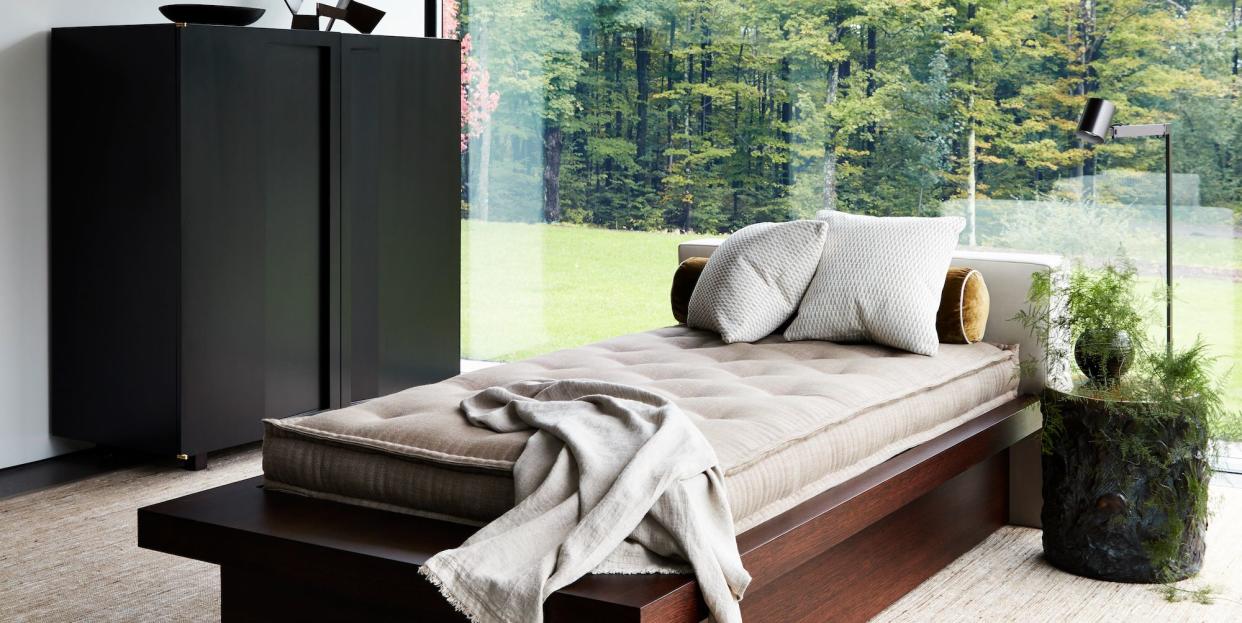
"Hearst Magazines and Yahoo may earn commission or revenue on some items through the links below."
There’s nothing like a pandemic to both overhaul our lives and cause us to rethink them entirely. Even now, many of the pandemic habits we picked up over these last few years and life changes we originally thought were temporary—like hybrid schedules and home offices—have managed to remain in our present-day lives.
Interior designers have especially noticed a shift in needs, desires, and schedules during the pandemic. Marilyne Damour of Damour Drake, a design firm based in the Hudson Valley, is one of many designers who were hard at work helping clients achieve greater wellbeing and joy in their homes amidst dark and uncertain times.
“The good thing about the pandemic is that it gave people time to connect with things they’ve missed doing, and I think people have been creating more space for all the stuff they love in the home,” she says.
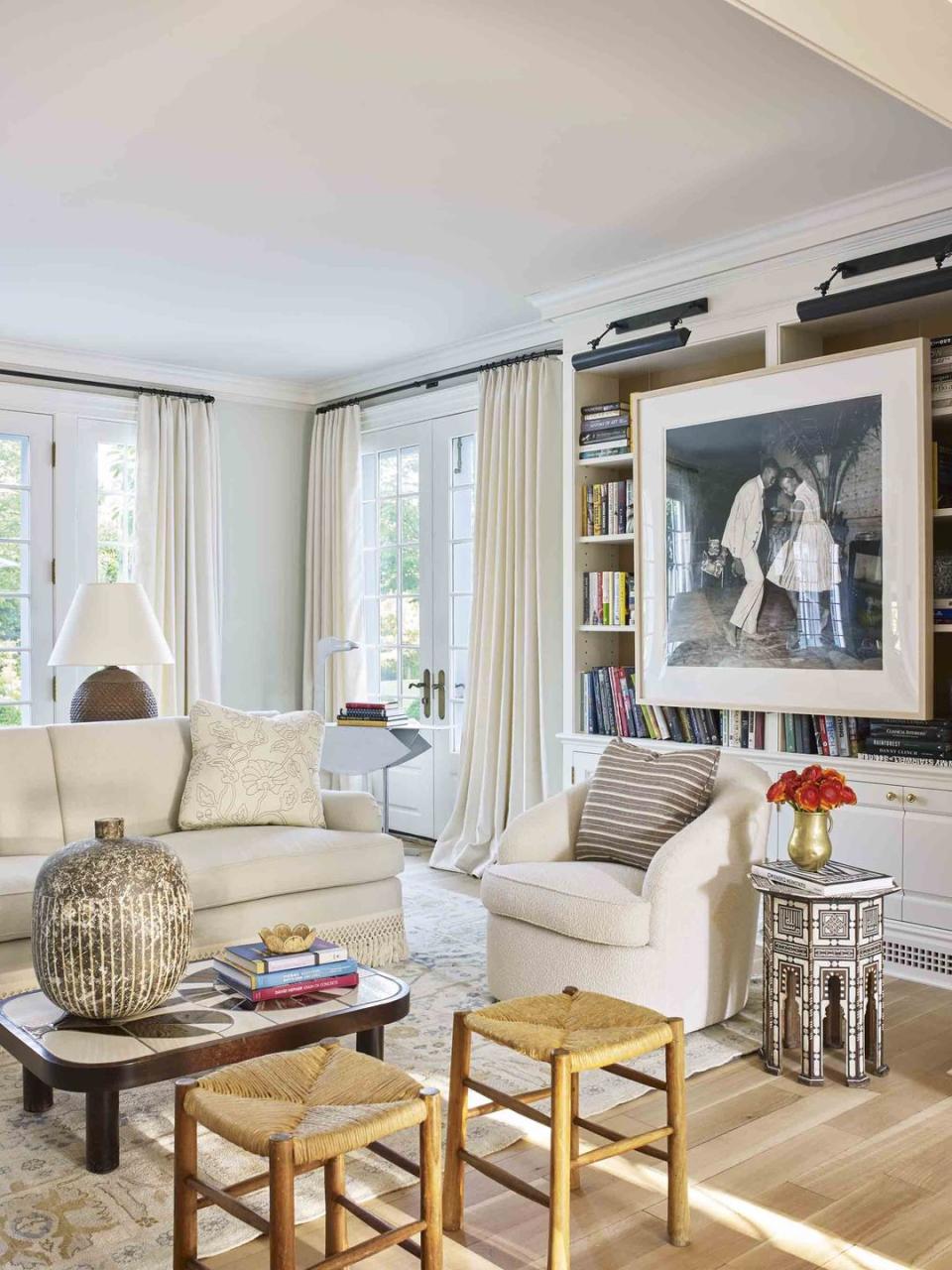
While the term “wellness” may conjure up visions of expensive mushroom elixirs, spa retreats, and pilates classes on the beach, Damour says that the definition of wellness should expand to activities that nourish your soul and help you best care for yourself. Over the last two years, she’s noticed an increased client interest in music rooms and libraries—both places for meditative activities that allow a person to explore their creative side, build their confidence in a skill, or simply find solace at the end of a busy day.
Damour has even started wearing a new hat as a vegetable garden designer since the pandemic began, creating high-design outdoor rooms that feature rows of raised garden beds, beautiful patio furniture, and pergolas for maximum use (whether you’re actually tending to the garden or looking for a quiet spot to catch up on emails). Clients who have moved outside of big cities are interested in connecting to their environments and having other activities that don't require a screen or staying indoors.
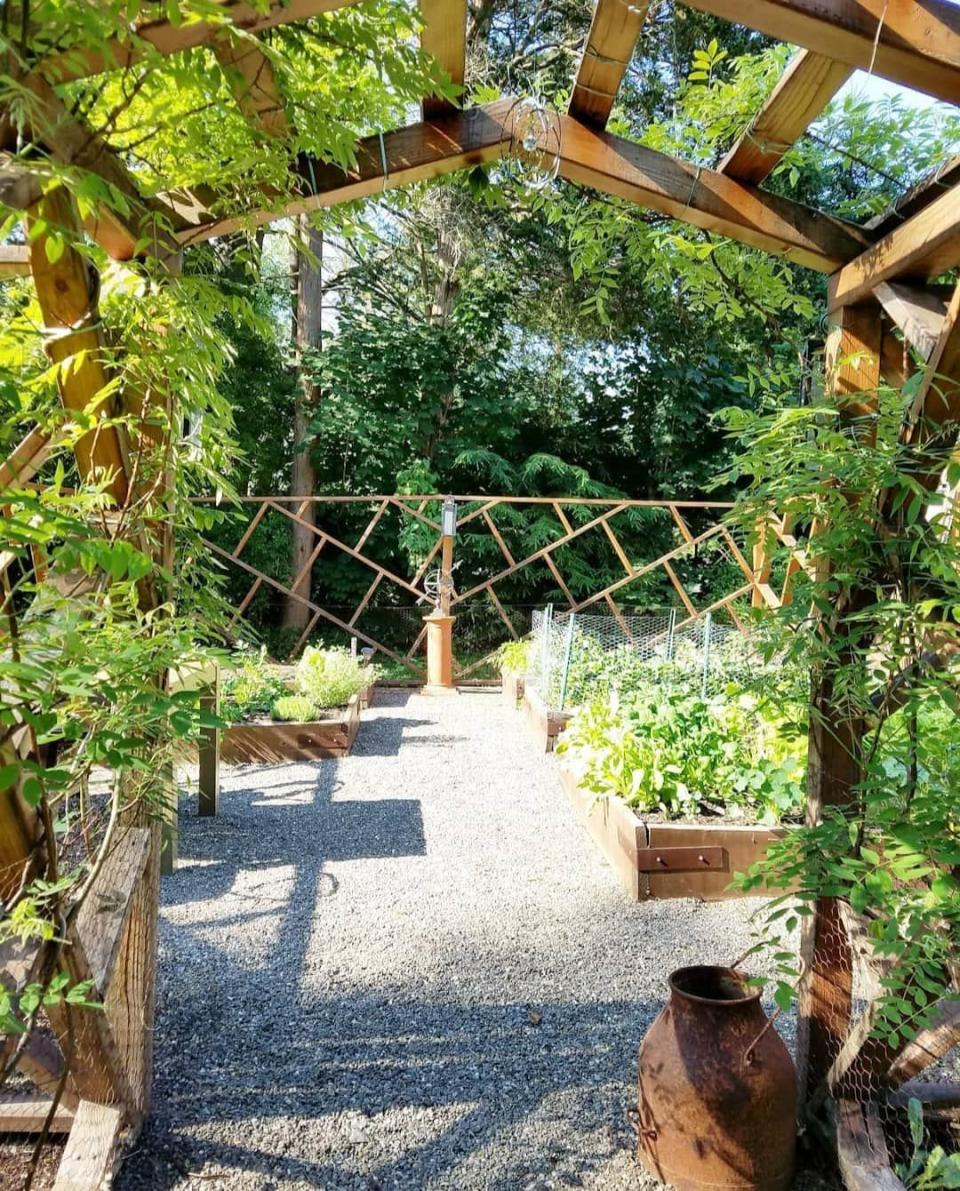

“People used to ask for home gyms a lot and now it’s more about creating space to relax,” says Damour. “All of these things fall under 'wellness' because it’s about taking care of yourself in various ways. As a designer, creating these spaces becomes a whole different conversation: It’s about what you’re trying to get out of the space and how we can support your goals, rather than just functionality and good design. The space needs to support the way you are wanting to live.”
The Future of Wellness at Home has Just Begun
Caleb Anderson of Drake/Anderson, a design firm based in New York City, says that the wellness conversation has been shifting from hospitality design to residential spaces—especially in the last few years as designers become more aware about various technologies and materials that can improve the mental and physical wellbeing of clients’ lives at home. The designer says he recently attended an event with Crypton and The Well where the brands showcased a new fabric collaboration that “utilizes ethically sourced minerals and works with your body to offer healing and calming properties,” according to the designer.
Anderson notes that research presented at the event showed that these exciting materials can have a positive impact on conditions such as diabetes and anxiety, and he’s excited about future wellness-centric innovations that could improve our holistic health. Even now, his team is currently working on a residential project in New York City that’s using a new type of lighting technology that works with one’s circadian rhythms to promote better sleep and overall health.
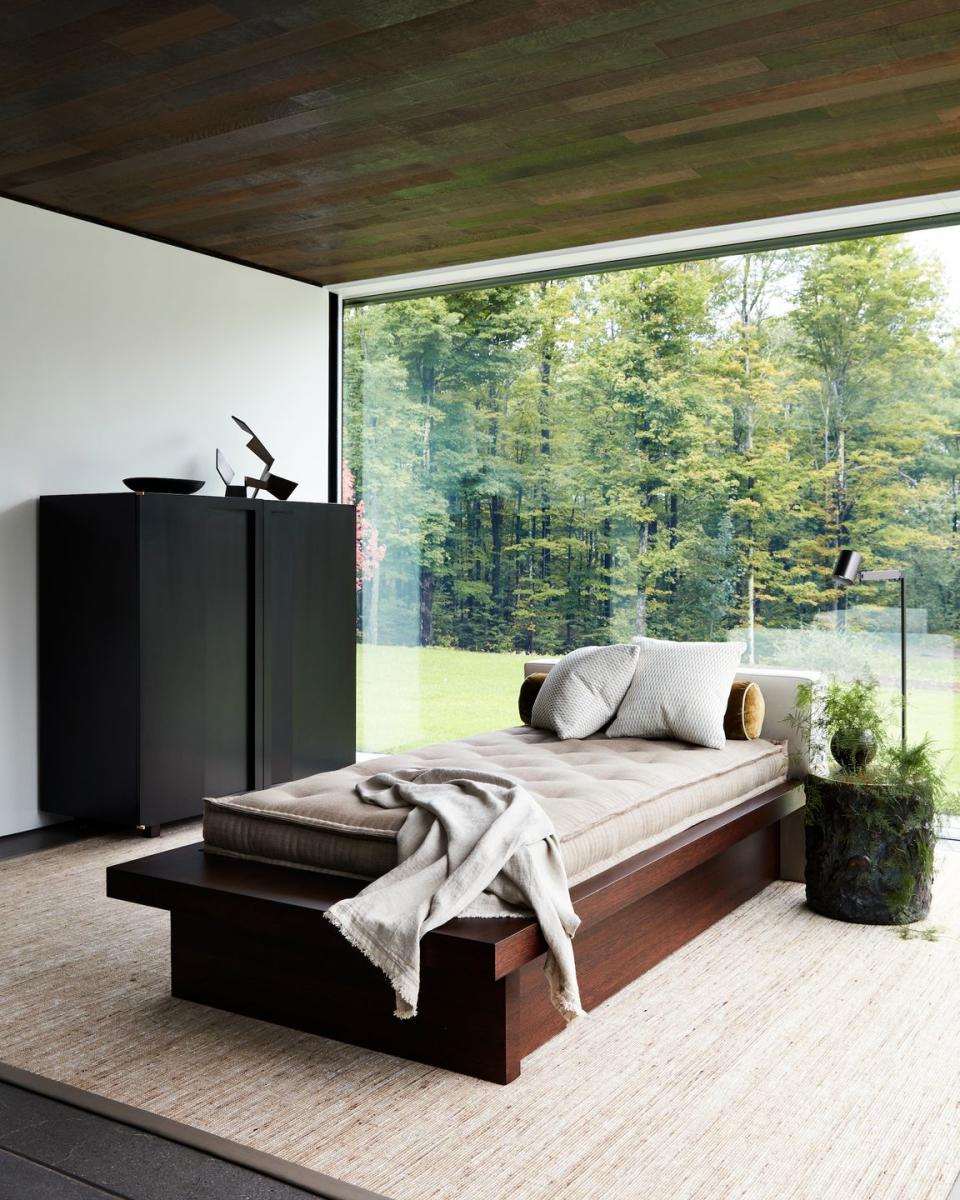
“I’m excited to do more of these projects because wellness is such a part of my life and I enjoy engaging with clients to make them aware of the products and design elements that can really be beneficial for them,” says the designer, who is launching a new industry initiative, Wellness in Design, this fall. This organization is all about building community with other design creatives through events that offer education about stress reduction methods and how to improve well being, as he’s seen so many of his colleagues experience burnout and anxiety—especially in the last few years. Anderson also hopes that this will lead to more wellness-centered conversations with clients around creating spaces that truly serve their mind, body, and soul.
“A lot of what I’m doing is educating myself so that when these opportunities for wellness spaces come along, I can create something that touches on these aspects while still speaking to the design of our portfolio,” says Anderson.
Additionally, we’re seeing wellness-centric home tech become a greater priority across many brands. Souped-up air purifiers have become a hot commodity since the pandemic began. Brands like LG have created design-focused models, like the Aero Tower, to bring a greater sense of wellbeing and peace of mind into any space. Kohler recently unveiled its new Stillness Bath, which utilizes water, light, fog, and natural aromas to create a transportive and restorative bathing experience inspired by Japanese soaking tubs.
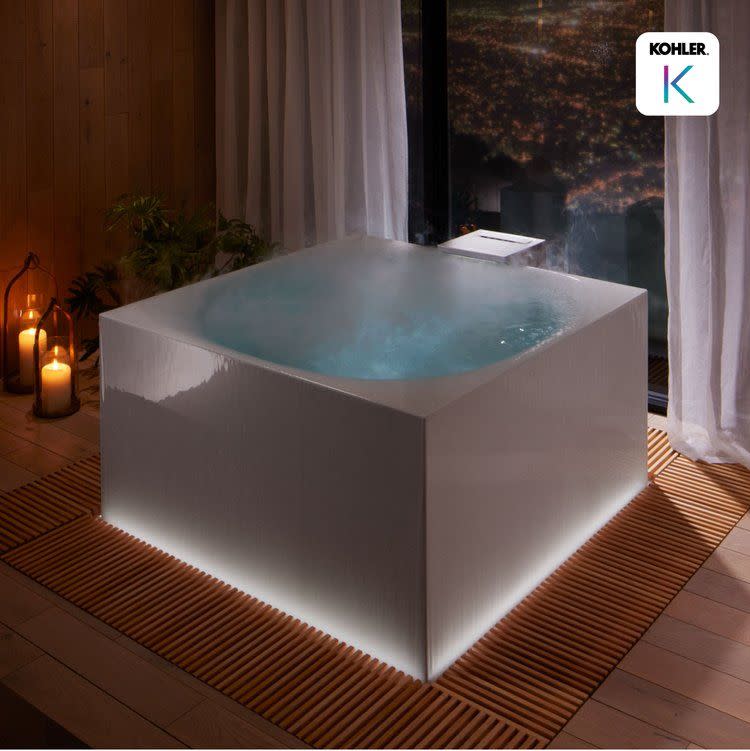
And for those who do want to incorporate fitness into a wellness-centric space, there’s been plenty of innovation in terms of transforming any room in your home into a gym without taking up permanent square footage. Brands like Mirror and Tonal bring high-tech, full-body workouts to your walls. There are also a vast array of celeb-adored fitness streaming offerings to enjoy from home such as the Tracy Anderson Method, The Sculpt Society, and The Pilates Class that simply require a TV and a mat to get your sweat on. But there’s much more to consider beyond wellness tech when creating a space for wellbeing, and one may even argue that you shouldn’t consider technology at all.
How to Create a Wellness Room
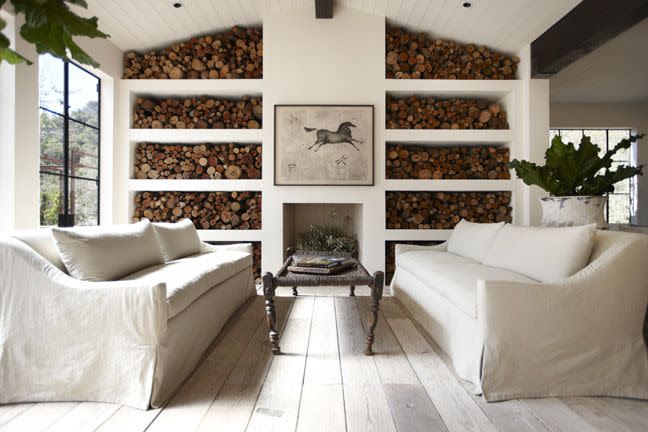
Sue Glasscock is the co-founder and CCO of The Ranch, one of the country’s premier wellness retreats which has just expanded to a second outpost in Italy. Glasscock says that many guests leave the program wanting to take home the principles and practices they’ve learned during their stay, and she she adds that they should begin with establishing a tech-free room (or nook) in your home. Glasscock says this space should be dedicated to reflection, reading, journaling, or engaging in another favorite analog activity, reflecting the digital detox that takes place while participating in The Ranch’s program. Ideally, Damour says this room should be a place with natural light that looks out onto your natural environment and resides in a quieter area of the home to prevent distraction. Once you’ve found the perfect spot, it’s time to start designing.
“Since being around nature has such a positive impact on our health, I would recommend incorporating elements like reclaimed wood, plants, large windows or glass doors, and Dutch doorways into your home,” Glasscock says. “The calming colors and clean lines of our interiors help to further promote a sense of relaxation and foster a restful night’s sleep.”
Anderson loves to incorporate other natural elements like stones and rock crystal to create layered and luxurious spaces that exude a sense of organic elegance. He says by bringing in gorgeous marble pieces and other high-design materials found in nature, the space can actually feel more refined than rustic.
“Lighting is always important, especially when you have natural light to work with, and it's important to make sure that you can maximize the amount available to your space,” he says. “You can walk into a room and tell if it has a good soul, and I think there’s always that consideration through materiality and the use of light—how you can speak to someone’s sensory experience. But even with lighting, make sure you have various layers that you can adjust to create a softer mood when needed.”
If you’re lucky enough to have an entire room to work with, Damour advises creating zones throughout the space for different activities such as a library area with a cozy chair by the window for reading and a stretching corner with storage for a yoga mat, stretching bands, and essential oils to instill a sense of calm. She’s also big on using whatever space you have to create a retreat within your home, even if it’s a corner. As long as the spaced is used intentionally, it doesn't matter how small or large it is.
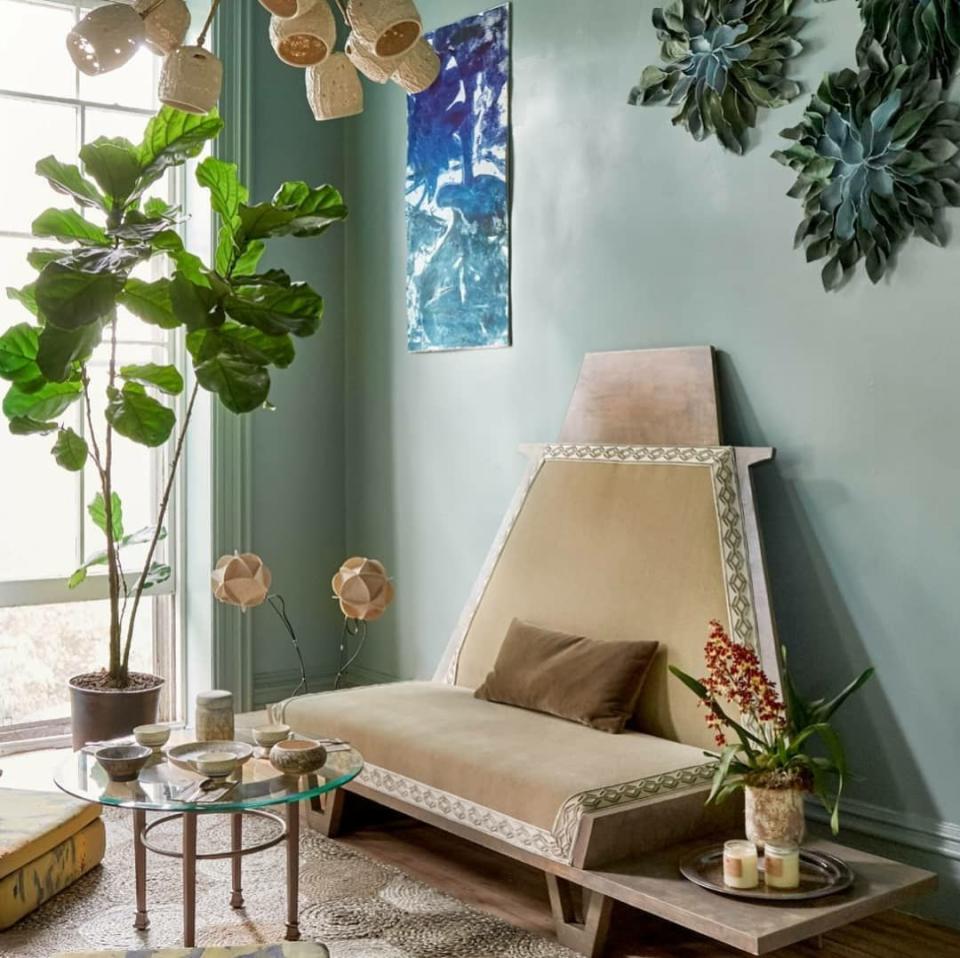
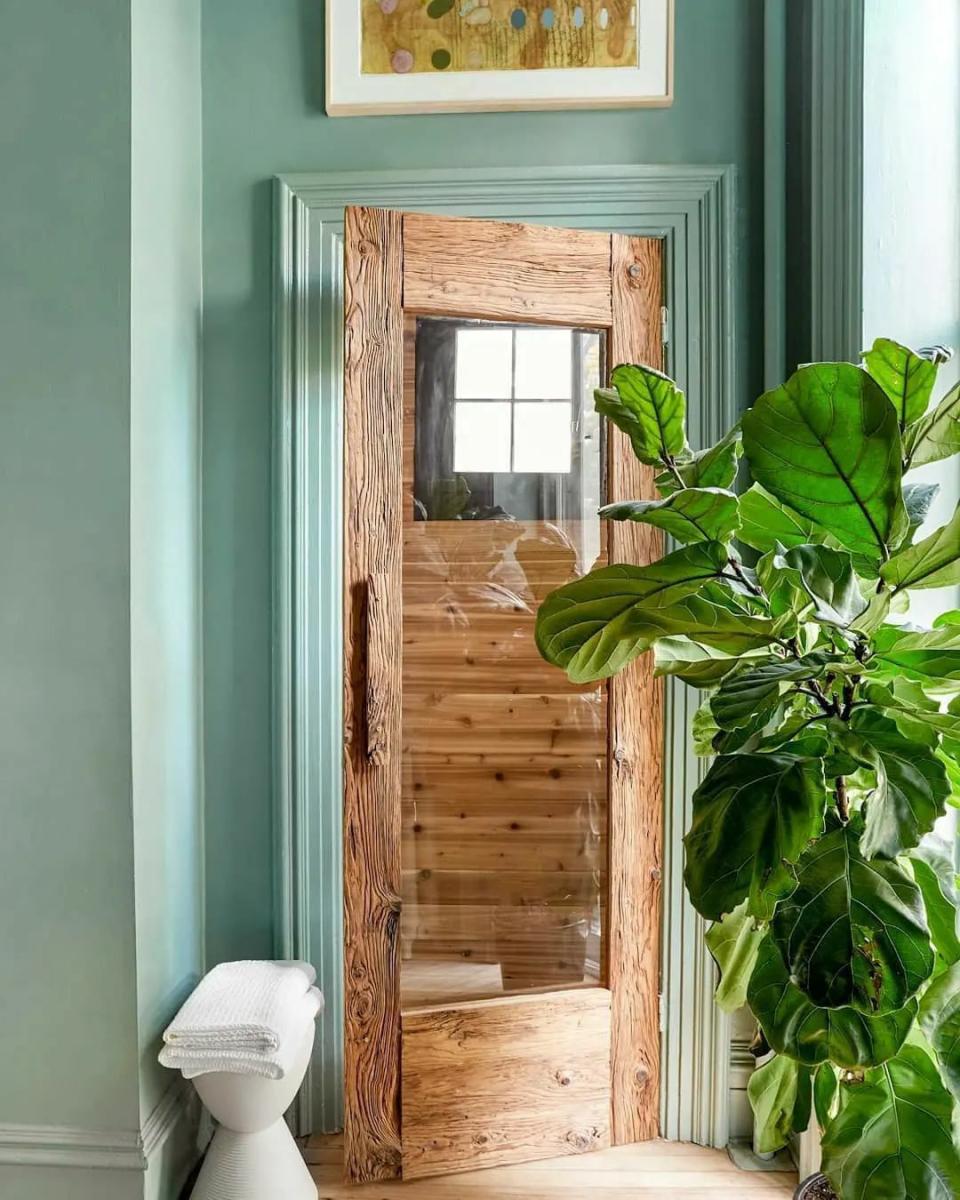
Damour created a wellness room for the Kingston Design Showhouse in 2019 that was formerly a downstairs bedroom. She transformed the room’s closet into a chic sauna space and gave the bathroom a spa-like upgrade to make this a truly luxurious spot for the homeowners and their loved ones. The designer is also a big fan of biophilic design and incorporated an architectural piece commissioned by a fabric artist that embodies a Japanese psychotherapy practice of bringing patients out into the woods to reduce stress and lower blood pressure.
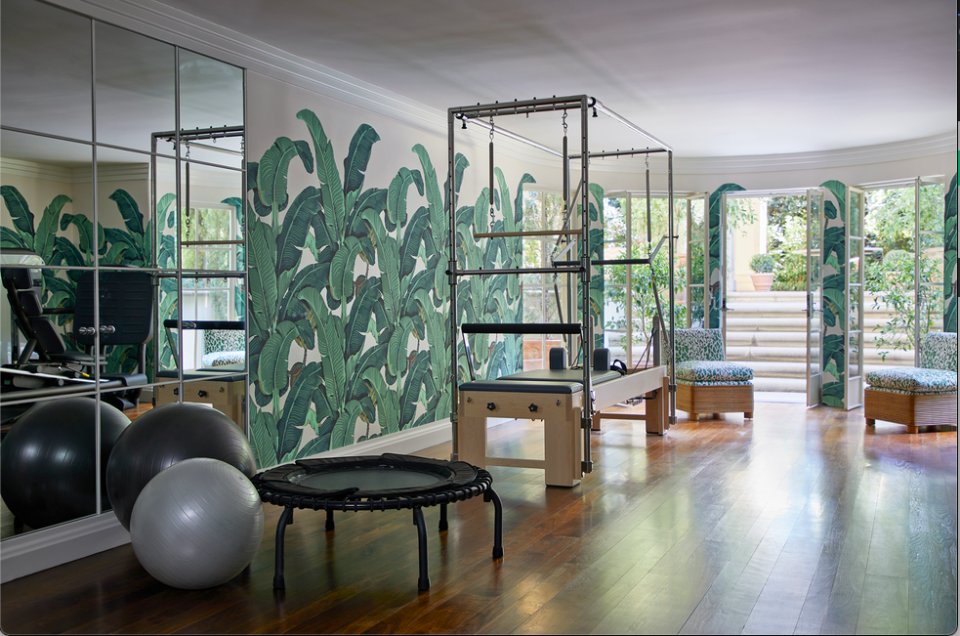
Those looking to incorporate an element of low-tech fitness in their daily life can take a cue from Renvy Pittman, whose light-drenched home gym is lined with palm print wallpaper and tech-free equipment for a workout that resets the mind, body, and soul. Those who don’t have the space for a reformer machine or are looking for portable equipment to make the space feel multi-purpose can check out new offerings such as microformers, which are lightweight machines that offer an equally intense Lagree Method-style workout anywhere in the home. Or you can stock up on small but powerful tools like Bala Bangles, resistance bands, and sliders that can easily be hidden in a drawer or closet.
At the end of the day, creating a wellness room is all about filling it with pieces that will induce calmness, joy, and achieving whatever wellness means to you, whether that's having time to unplug and cozy up with a stack of novels you've been meaning to read for years or engaging in low-impact physical activity to grow stronger mentally and physically. Find the colors, textures, and activities that speak to you, and you'll be well on your way to creating the ultimate retreat—even in a busy, bustling household.
You Might Also Like

